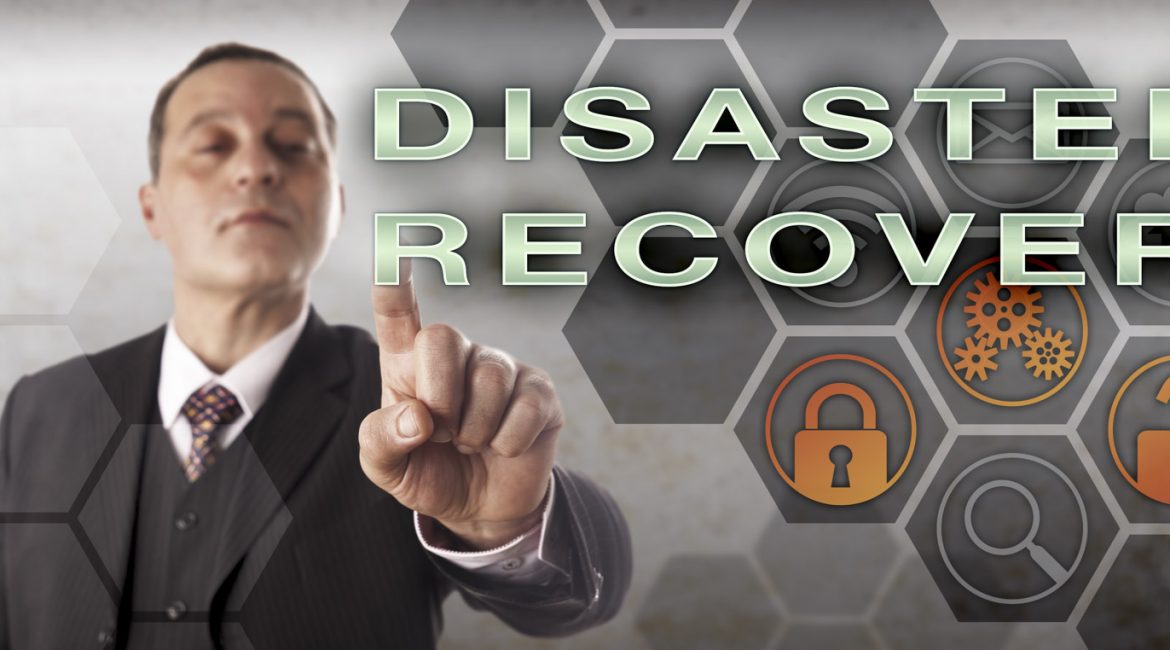What is Disaster Recovery Planning?
Rare in IT, the title is self-explanatory! To rephrase though, it’s the process a firm goes through to get into a position where they can come back from a catastrophe, in a reasonable period of time, having suffered no major data loss as a result of the event. Disaster Recovery Planning, or DRP, is the first step towards achieving this highly desirable state of system robustness. The Business Continuity (or BC, for those in the know) refers to a firm’s ability to keep running, to some degree or another, during a Disaster.
The Basics – Data Backups
As you might expect, the cornerstone of any sort of DRP will be backups. These can take many forms depending on data type, volume of data, and the speed with which restoration might be necessary. The absolute most important thing about backups though, is that they are;
- performed on a regular basis
- periodically checked to ensure that you are actually backing up what you need to back up (and nothing else)
- subject to test restores, to ensure that backed up data can be brought back following a failure
- located securely on-site and also, off-site, so that they are not at risk in the event of fire / flood or similar
- versioned, so that there are multiple backup sets to choose from. This is key when recovering from ransomware attacks, as the particularly nasty ones can encrypt backups too.
The Basics – Prevention is still better than Cure
Aside from taking backups (copies) of data, there are a number of other steps that can be taken to mitigate risk and to maximise up-time
RAID (Redundant Array of Inexpensive Disks)
If you have a server (and are not planning, for whatever reason, to decommission on your journey to Cloud, see below), ensure it’s running a RAID-1 or RAID-5 Array, which provides some protection against physical drive failure
Previous Versions Are Cool
Windows 7, 10 and Server 2008 / 2012 / 2016 have a great feature called “Previous Versions”. It’s basically a snapshot service that Windows runs to enable you to quickly restore a file from a previous day. It’s free, it’s easy, why not use it?
Use the Power of the Cloud!.
Like anything else with IT, there are multiple ways to approach this (full Hosted Desktop, Hybrid Solutions with local storage replicated off-site, and Office 365 email, or just Cloud-based backup). The main point of Cloud solutions is that is that they can offer;
- availability of service, irrespective of whether your local Network / internet connection is functional
- higher up-time (SLA) than servers typically used in SME businesses
- better security protocols (256-bit AES Encryption, 2-Factor Authentication) than typically used in SME businesses
- enterprise-level backup from the provider(s) of the services
What about Business Continuity?
In short, if BC has been done well, your key business processes can continue:-
- Email will still flow to and from handsets / laptops / tablets from user’s own internet connections and / or 4G
- Word, Excel, general office files will continue to be available via offline storage and / or Cloud repository
Post Disaster
After the disaster has passed (fire put out, flood mopped up, internet connection restored, server replaced, you name it!) normality can return. At this point, the hard work had paid off and the Data Manager can pat himself on the back on the basis that no data has been lost, and administrative productivity continued undiminished. A post-Disaster review is usually recommended at this point, so that fine-tuning can take place; there’s always room for improvement, right? This improvement might not even be a technological one but can also comprise cultural procedures and amendments to those sections of the “Office Manual” that deal with staff procedures, protocols etc. In any event, if there is a mechanism in there for an introspective look at what happened, it provides the opportunity to make those improvements and determine what happened in the first place, the latter of which will be very useful in helping to avoid similar issues in the future.
If this article has piqued your interest, please feel free to call on 01302 540280 or hit the Contact Us page.

